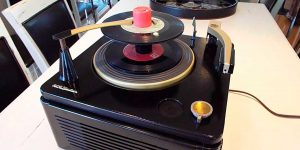Actually, MM vs MC cartridge is a common question among novice vinyl lovers. Both Moving Magnet(MM) and Moving Coil (MC) phono cartridges have their own strengths and weaknesses, and the choice between them totally depends on your preferences, system setup, and budget. So, in this article, I will help you make the final decision that suits your needs and choose the best option.
Moving magnet

To understand the answer to moving coil vs moving magnet debates, we have to look at MM cartridges’ peculiarities. In fact, this type of cartridges work by using a magnet attached to the end of a cantilever that moves within a fixed coil of wire. When the stylus tracks the grooves of a vinyl record, it causes the magnet to move, reading an electrical signal that comes out into the sound.
One of the biggest advantages of these cartridges is their affordability. They are less expensive than MC ones. Additionally, they tend to have higher output levels, which means they can work well with a wider range of phono preamps and amplifiers. Another benefit is that they usually have a standard mounting style, which makes them easier to install on most turntable models.
However, MM cartridges also have their drawbacks. For example, they may not offer the same level of detail and clarity as MC cartridges. Additionally, MM cartridges are a bit heavier. This might make them not so good at staying perfectly on track with the grooves of your records.
Moving coil
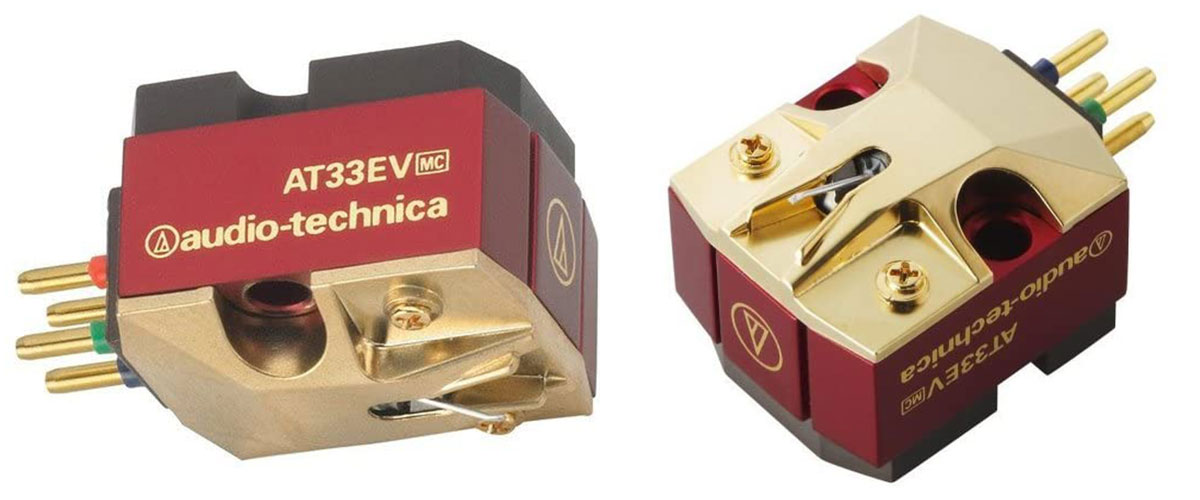
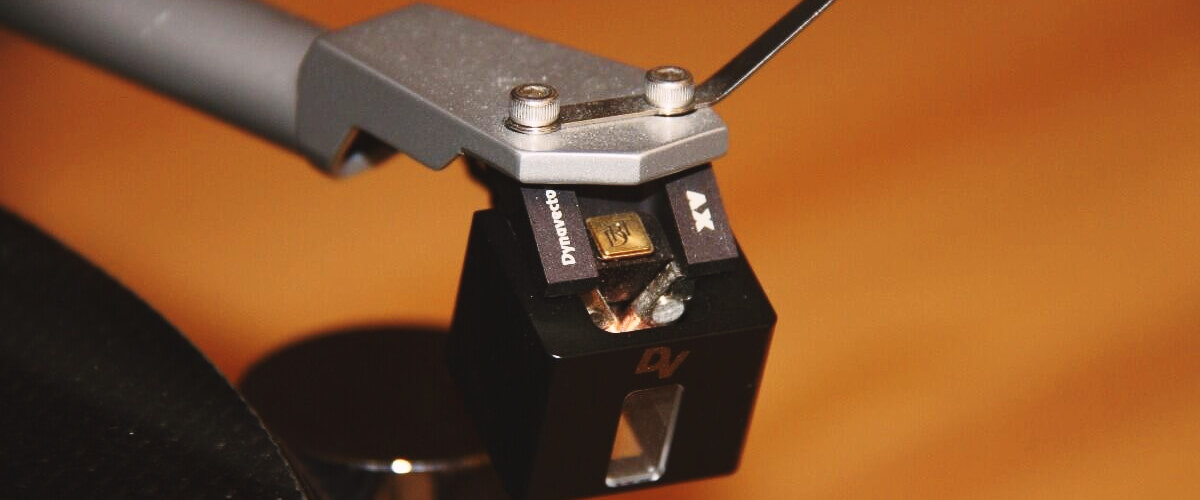
Unlike MM cartridges, MC ones have a wire coil attached to the cantilever and a magnet fixed within the cartridge body. When the stylus tracks the record grooves, it moves the coil within the fixed magnet, generating an electrical signal.
Speaking of advantages, MC cartridges produce highly detailed and accurate sound. That means they can more precisely follow the grooves of your records.
Another benefit is that they have a lower mass compared to MM cartridges, allowing the stylus to respond more quickly to changes in the record groove. Plus, it can affect the overall sound quality, making it better.
However, there are some disadvantages, like their higher cost compared to MM cartridges. Furthermore, those components typically have lower output levels, which means they may require a preamp with higher gain to achieve the desired volume level.

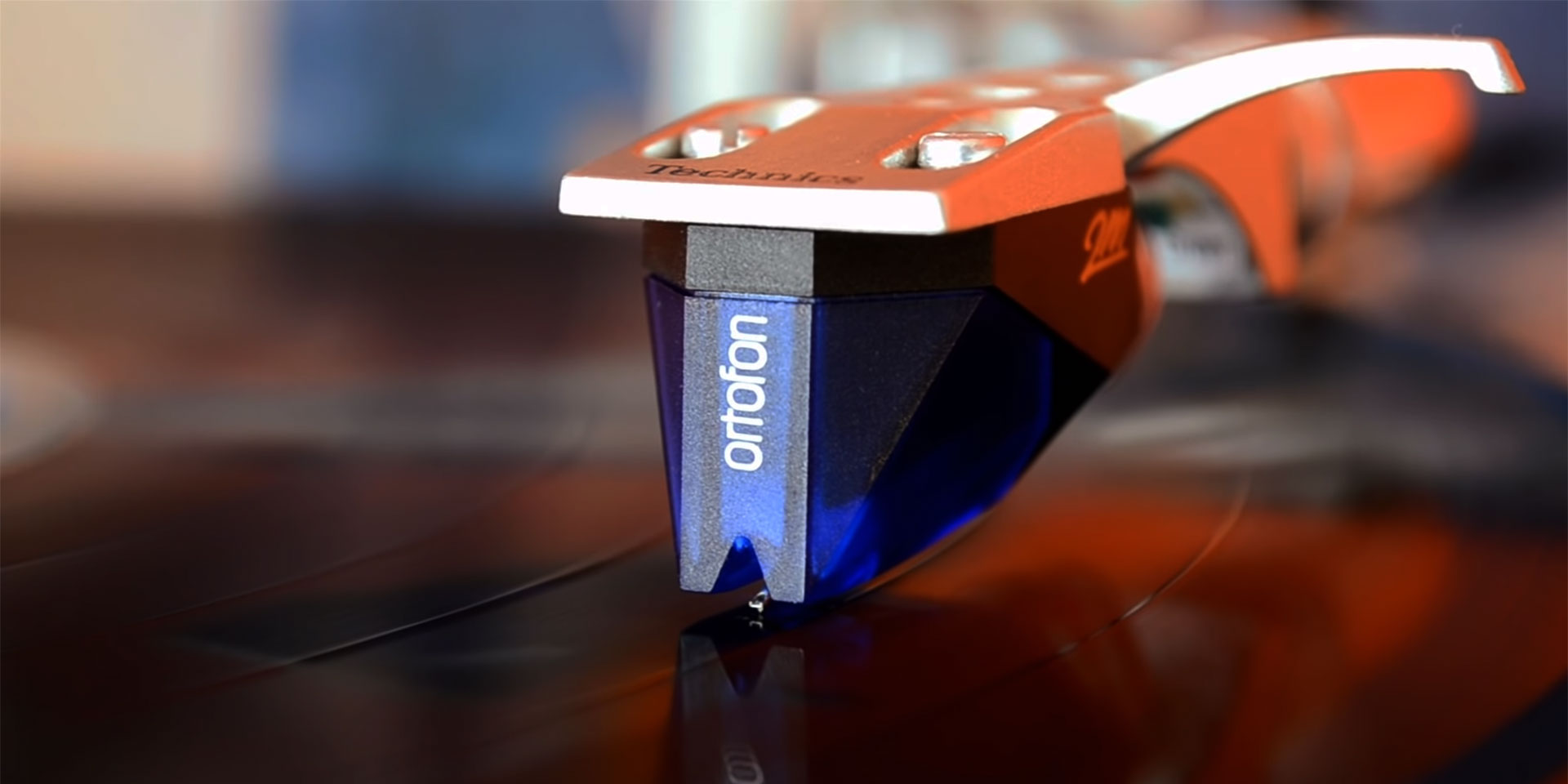


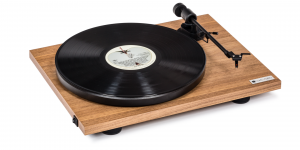


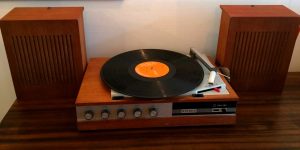


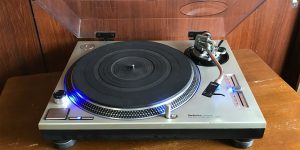
![Connect a Turntable to Your Wireless Bluetooth Speakers [Easy Guide]](https://www.vinylrecordday.org/wp-content/uploads/2021/12/tuntable-and-sonos-speaker-300x150.jpg)
